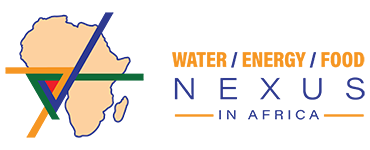Abstract
About 60% of southern Africa’s population lives in rural areas with limited access to basic services and amenities such as clean and safe water, affordable and clean energy, and balanced and nutritious diets. Resource scarcity has direct and indirect impacts on nutrition, human health, and the well-being of mostly poor rural communities. Climate change impacts in the region are manifesting through low crop yields, the upsurge of vector-borne diseases (malaria and dengue fever), and water and food-borne diseases (cholera and diarrhea). This study applied a water–energy–food (WEF) nexus analytical livelihoods model with complex systems understanding to assess rural livelihoods, health, and well-being in southern Africa, recommending tailor-made adaptation strategies for the region aimed at building resilient rural communities. The WEF nexus is a decision support tool that improves rural livelihoods through integrated resource distribution, planning, and management, and ensures inclusive socio-economic transformation and development, and addresses related sustainable development goals, particularly goals 2, 3, 6, and 7. The integrated WEF nexus index for the region was calculated at 0.145, which is marginally sustainable, and indicating the region’s exposure to vulnerabilities, and reveals a major reason why the region fails to meet its developmental targets. The integrated relationship among WEF resources in southern Africa shows an imbalance and uneven resource allocation, utilization, and distribution, which normally results from a ‘siloed’ approach in resource management. The WEF nexus provides better adaptation options, as it guides decision-making processes by identifying priority areas needing intervention, enhancing synergies, and minimizing trade-offs necessary for resilient rural communities. Our results identified (i) the trade-offs and unintended negative consequences for poor rural households’ livelihoods of current silo approaches, (ii) mechanisms for sustainably enhancing household water, energy, and food security, whilst (iii) providing direction for achieving SDGs 2, 3, 6 and 7.
Copyright by:


Find full publication here.
